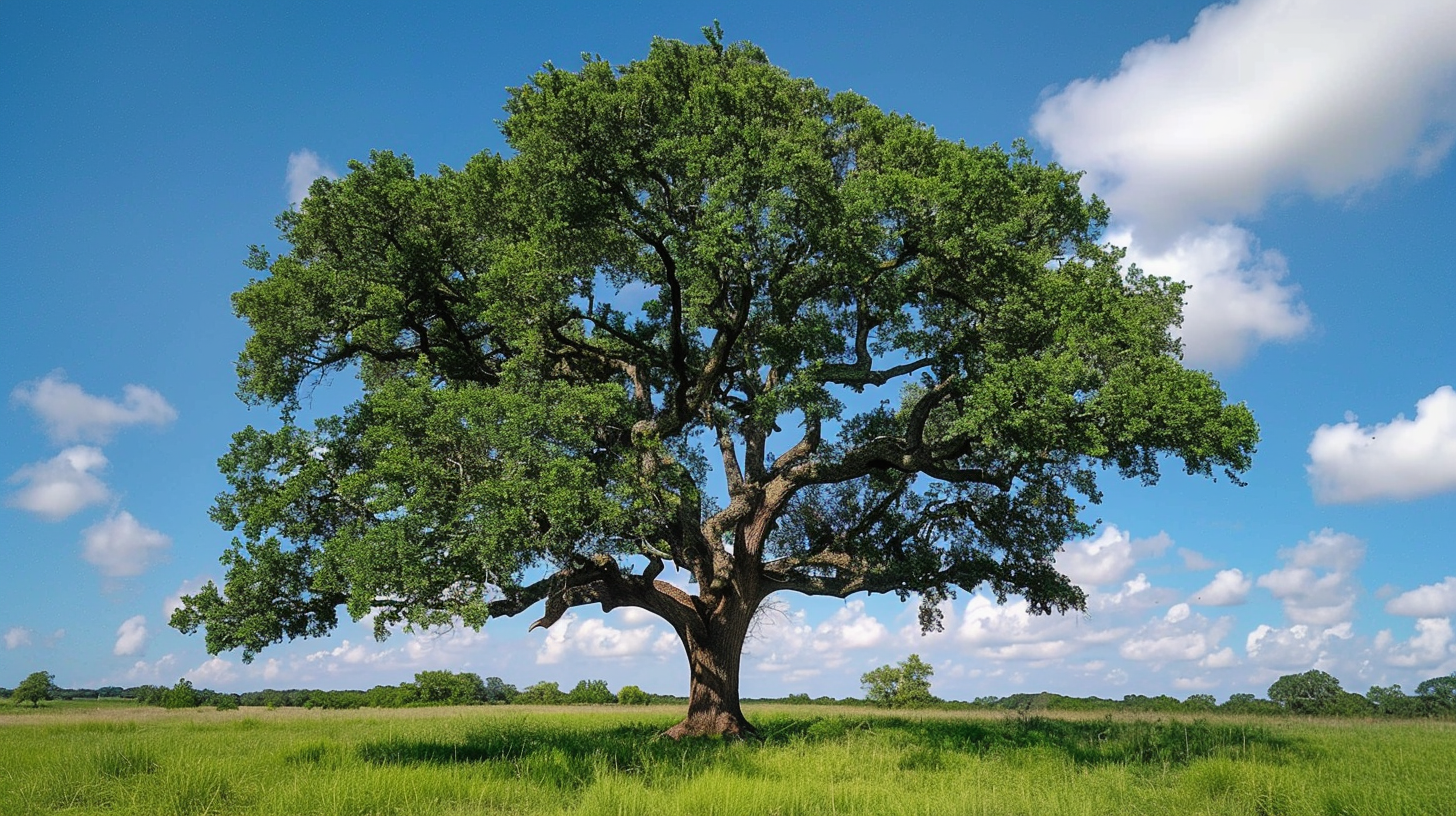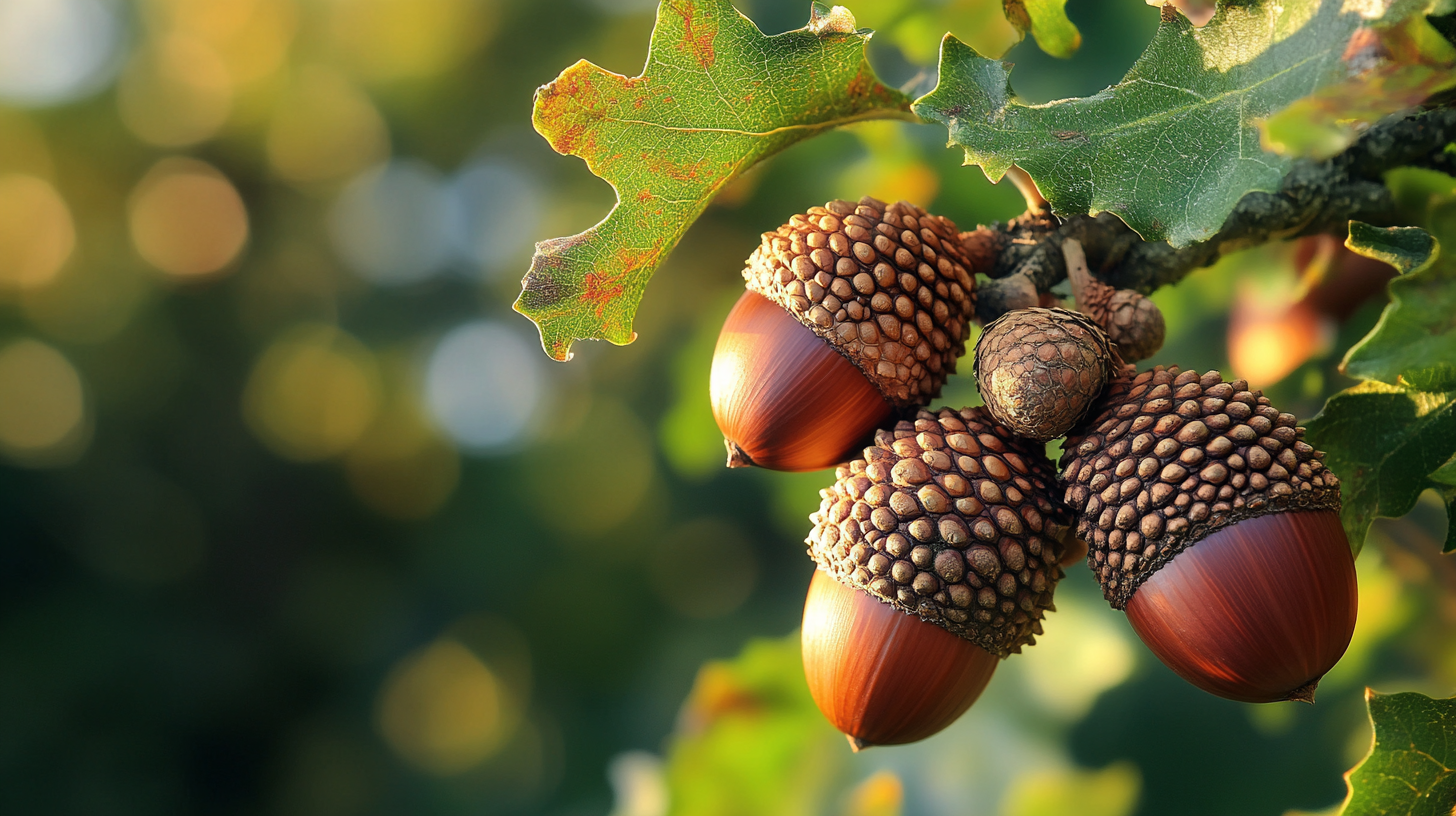Table of Contents
Florida’s diverse ecosystem is home to various oak tree species, including the majestic live oak, laurel oak, and water oak. These towering trees are not only beautiful but also play a crucial role in supporting local wildlife, improving air quality, and providing shade. However, with urban development and land clearing, the preservation of oak trees has become a pressing concern. In this comprehensive guide, we’ll delve into the laws and regulations surrounding oak tree protection in Florida, addressing common questions and providing valuable insights.
Overview of Oak Trees in Florida
Oak trees are an integral part of Florida’s natural landscape, offering numerous ecological and aesthetic benefits. Here are some key facts about these magnificent trees:
- Importance in the Ecosystem: Oak trees provide food and shelter for various wildlife species, including squirrels, birds, and insects. Their acorns are a vital food source for many animals.
- Common Species: Some of the most prevalent oak species found in Florida include live oak (Quercus virginiana), laurel oak (Quercus laurifolia), water oak (Quercus nigra), and sand live oak (Quercus geminata).
- Benefits to the Environment: Oak trees help improve air quality by absorbing carbon dioxide and releasing oxygen. They also provide shade, reducing energy costs for buildings and homes.
Legal Protection for Oak Trees in Florida
To preserve these valuable natural resources, Florida has implemented various laws and regulations aimed at protecting oak trees.
State Laws and Regulations
At the state level, Florida has several tree protection laws and ordinances in place. While there are no specific regulations solely dedicated to oak trees, these laws provide a framework for their conservation:
- Florida Statutes, Chapter 163: This chapter outlines the requirements for local governments to develop comprehensive plans, which may include provisions for tree protection and preservation.
- Florida Statutes, Chapter 589: Also known as the “Florida Endangered Plant Conservation Act,” this law regulates the removal, destruction, or harvesting of certain protected plant species, including some oak varieties.
Penalties for unauthorized removal or damage to protected trees can range from fines to potential criminal charges, depending on the severity of the violation.
Local Ordinances and Policies
In addition to state laws, many counties and municipalities in Florida have implemented their own tree protection ordinances and policies. These local regulations often provide more specific guidelines for oak tree preservation within their respective jurisdictions.
For example, the City of Orlando has a “Tree Protection Ordinance” that requires a permit for the removal or relocation of any oak tree with a trunk diameter of 10 inches or greater. Similarly, Miami-Dade County has a “Tree Preservation and Protection” ordinance that regulates the removal, relocation, and pruning of various tree species, including oaks.
It’s essential to check with your local government for the specific ordinances and permitting processes related to oak tree protection in your area.

Exceptions and Special Circumstances
While oak tree protection laws aim to preserve these valuable resources, there are certain exceptions and special circumstances where oak tree removal or pruning may be permitted.
- Hazardous Trees: If an oak tree poses a significant risk to public safety or property due to disease, structural defects, or other hazardous conditions, removal may be allowed with proper documentation and permitting.
- Construction and Development: In some cases, oak tree removal may be permitted for approved construction projects or development plans, subject to mitigation requirements such as replanting or paying fees.
- Utility Maintenance: Utility companies may be granted exemptions for pruning or removing oak trees that interfere with power lines or other utility infrastructure, following established guidelines and best practices.
It’s important to note that the process for obtaining permits or exemptions varies across different jurisdictions, and property owners should consult with local authorities before undertaking any oak tree removal or pruning activities.
Preservation Efforts and Initiatives
Recognizing the importance of oak tree conservation, various organizations and programs in Florida are dedicated to preserving these natural treasures.
- Florida Urban Forestry Council: This non-profit organization promotes the protection and sustainable management of urban forests, including oak tree preservation efforts.
- Local Tree Advocacy Groups: Many communities have established tree advocacy groups or organizations that actively work to educate residents and advocate for oak tree protection.
- Educational Campaigns: State and local agencies, as well as environmental organizations, often conduct educational campaigns and awareness programs to highlight the significance of oak tree preservation.
Community involvement plays a crucial role in these preservation efforts. Residents can participate by reporting violations, supporting local initiatives, and practicing responsible stewardship of oak trees on their properties.
Frequently Asked Questions
Can I remove an oak tree on my private property?
The ability to remove an oak tree on private property depends on local ordinances and regulations. In many areas, a permit may be required for the removal of oak trees above a certain size or in specific circumstances. It’s essential to check with your local government authorities before undertaking any oak tree removal.
What are the fines for illegally cutting down an oak tree?
The fines for illegally cutting down an oak tree can vary depending on the jurisdiction and the severity of the violation. In some cases, fines can range from hundreds to thousands of dollars, and in extreme cases, criminal charges may be filed.
How do I report a violation of oak tree protection laws?
If you witness a violation of oak tree protection laws, such as unauthorized removal or damage, you can report it to your local code enforcement department or environmental protection agency. Many jurisdictions have dedicated hotlines or online reporting systems for such violations.
Are there any incentives for preserving oak trees?
Some local governments and organizations offer incentives or recognition programs for property owners who actively preserve and maintain oak trees on their land. These incentives may include tax credits, grants, or awards for exemplary stewardship.

Conclusion
Oak trees are an integral part of Florida’s natural heritage, providing numerous ecological, economic, and aesthetic benefits. By understanding and adhering to the laws and regulations surrounding oak tree protection, we can ensure the preservation of these majestic trees for future generations. It’s a collective responsibility to practice responsible stewardship and support initiatives that promote oak tree conservation. Together, we can safeguard Florida’s mighty oaks and maintain the state’s rich biodiversity.




